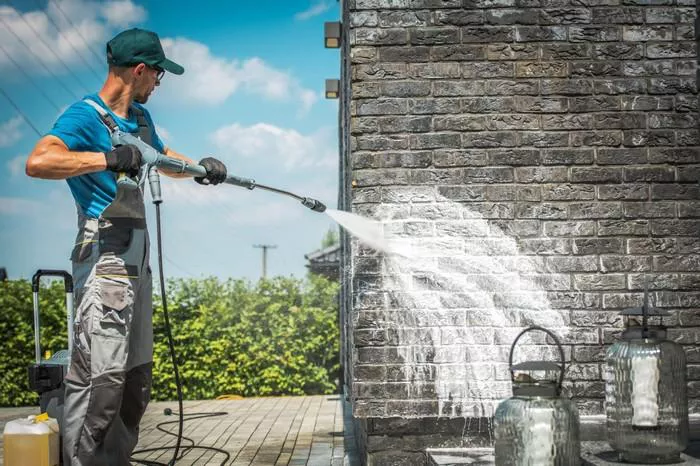Pressure washers have revolutionized the way we clean our outdoor spaces, vehicles, and even industrial equipment. However, with various models boasting different PSI (Pounds per Square Inch) ratings, choosing the right one can be daunting. Understanding PSI and its implications is crucial for achieving optimal cleaning results while safeguarding surfaces from potential damage.
Understanding PSI (Pounds per Square Inch):
In the realm of pressure washers, PSI reigns supreme. It represents the amount of force exerted by water against a surface per square inch. Simply put, the higher the PSI, the more powerful the cleaning force. This metric directly influences a pressure washer’s cleaning performance, making it essential to select the appropriate PSI for each task.
Choosing the Right PSI for Different Tasks:
Light-Duty Pressure Washers (1000–1900 PSI):
These nimble machines are ideal for delicate surfaces and residential use. Tasks such as washing bicycles, spot-cleaning outdoor furniture, and sprucing up small patio or deck areas are well within their capabilities. Their lower PSI ensures gentle yet effective cleaning without risking surface damage.
Medium-Duty Pressure Washers (2000–2800 PSI):
Stepping up in power, medium-duty pressure washers offer versatility and robustness. They tackle tougher jobs with ease, including cleaning concrete, brick surfaces, washing cars, trucks, boats, and even stripping paint from wooden surfaces. Their increased PSI provides a balance between efficiency and safety, making them a popular choice for homeowners and professionals alike.
Heavy-Duty Pressure Washers (2900–3300 PSI):
Reserved for the most challenging cleaning tasks, heavy-duty pressure washers are the workhorses of the industry. With their high PSI ratings, they excel at tackling stubborn dirt, grime, and industrial-scale cleaning projects. From cleaning industrial equipment to blasting away years of buildup from exterior walls, these machines deliver unmatched power and performance.
Balancing PSI and GPM (Gallons per Minute):
While PSI grabs the spotlight, GPM plays a crucial supporting role. Gallons per Minute represent the water flow rate emitted by the pressure washer. Combining high pressure (PSI) with adequate water volume (GPM) ensures efficient cleaning by effectively rinsing away dirt and debris. For optimal results, it’s essential to strike a balance between PSI and GPM, ensuring both aspects align with the cleaning task at hand.
Considerations for Specific Surfaces:
Different surfaces demand varying PSI levels to achieve optimal cleaning without causing damage. Understanding these nuances is key to preserving the integrity of the surface being cleaned:
1. Softer surfaces (e.g., vehicles): Opt for lower PSI to avoid potential damage to delicate paintwork and surfaces.
2. Hard, durable surfaces (e.g., concrete, brick): Higher PSI levels are beneficial for effectively dislodging stubborn grime and dirt without causing harm to the surface.
It’s advisable to start with lower pressure settings and gradually increase as needed, ensuring a careful balance between cleaning efficacy and surface protection.
Safety Precautions:
While harnessing the power of high PSI pressure washers can yield impressive results, it’s essential to prioritize safety and caution:
1. Avoid exceeding recommended PSI: Excessive pressure can lead to surface damage, including etching, chipping, or even structural harm.
2. Consider newer car models: Modern vehicles are often more resilient to high-pressure washing. However, exercising caution and using appropriate PSI settings is still advisable to prevent potential damage to sensitive areas such as seals, trim, and paintwork.
By adhering to recommended PSI guidelines and exercising caution, users can harness the full potential of their pressure washers while safeguarding the surfaces they intend to clean.
Conclusion
In conclusion, mastering the art of pressure washing involves more than just selecting the highest PSI available. Understanding the nuances of PSI, balancing it with GPM, and considering specific surface requirements are all vital steps towards achieving optimal cleaning results. By following these guidelines and prioritizing safety, users can unlock the full potential of their pressure washers while preserving the integrity of the surfaces they clean.

